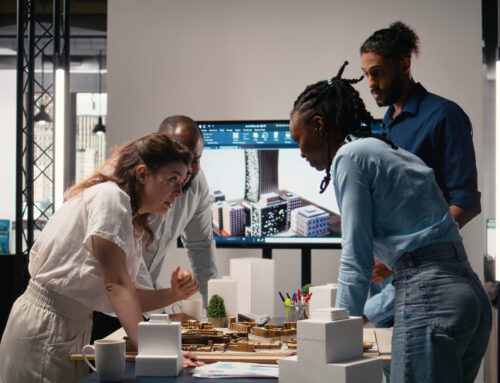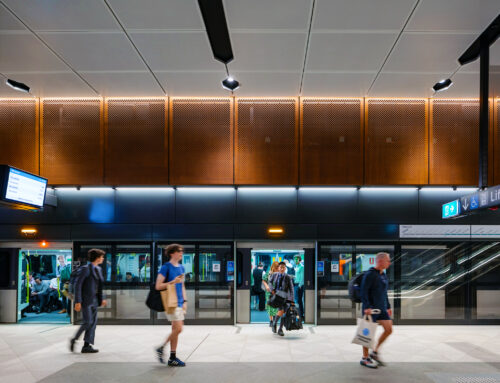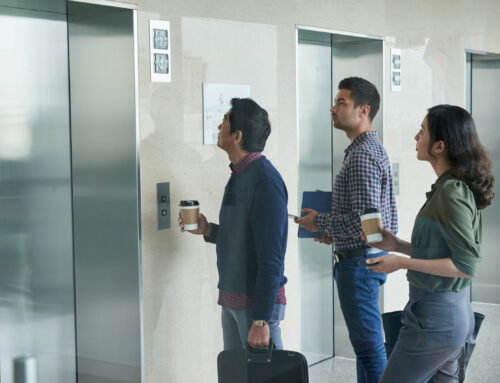With so many moving parts, airports are one of the most logistically complex places to work when it comes to security.
Large airports, in particular, come with a number of security challenges. The number of stakeholders involved is something most people don’t realise. If you’ve ever walked around an international airport, you see how many services they provide and how intricate the security environment really is.
Most of us think of security at airports as standard screening of passengers and baggage handling, as you might have even seen in the TV show Border Security. But, the truth is, it’s much more than that.
One of the first things we do, as security advisors, is engage early with the airport corporation. This helps us get familiar with the site both for security purposes and to make sure we’re supporting a smooth and positive passenger experience.
This means gathering information about the site, risks and incidents as well as understanding what security systems are already in place. This enables us to improve them with minimal disruption.
The complex web of airport stakeholders
We also have to understand the needs of the various stakeholders. There’s an entire ecosystem at play and every part has its own management protocols.
You have the government authority or department for border control, agriculture, policing and intelligence agencies. Each of them adds a security layer.
The other services security advisors need to consider include airport operations, emergency services’ logistics, freight, refuelling and food services for the terminals and planes. Further considerations include transport pick-up and drop-off areas, public transport and rideshare services, parking and pay parking, all of which have to be managed seamlessly.
Airport security technology
Technologies like CCTV, AI and video analytics make it easier to monitor potential threats and respond faster than ever.
The impact of AI on security
CCTV has come a long way with AI now in the mix. Systems are getting smarter at what they do. They can analyse video in real time and catch potential issues before they become problems. They also alert operators to issues for closer examination.
Whether it’s spotting suspicious movement, tracking a bag that’s been left behind or monitoring secure areas, CCTV helps operators react much more quickly.
What’s exciting is how customisable these systems are. Take virtual tripwires, they can be set to alert security if someone crosses into a restricted area or if something gets moved that shouldn’t be.
CCTV can detect unusual behaviours, like someone walking in the wrong direction, and flag them immediately as abnormal. This helps security stay one step ahead.
Airports need to be across the latest advancements from CCTV providers since these systems are key to keeping things secure. Many CCTV manufacturers and analytics’ companies work directly with airport corporations and operators to develop custom video analytics, making the tech work exactly how they need it.
But it’s not just about CCTV. Airports are using cutting-edge technologies like LiDAR, drone detection and fibre-optic perimeter systems.
These tools add extra layers of security and integrate with existing systems, often using CCTV for verification. Together, they create a security platform that keeps an eye on everything, both on the ground and in the air.
The real advantage here is unmixed footage of incidents which lead to faster response times. Also, the ability to scale up as airports get busier, even with fewer staff, and data insights that help predict behaviour to prevent incidents.
On top of that, automating routine monitoring can help save on costs.
Striking the balance between moving people and keeping them safe
No matter how advanced the tech is, it can’t slow passengers down. Keeping people moving through the airport is just as important as keeping them safe. There has to be a balance between strong security and a hassle-free journey. How security systems integrate with other airport operations, such as passenger flow management, is fundamental in improving overall efficiency and safety.
Smart technologies
Managing how passengers move throughout the airport is all about making the journey as smooth as possible. The real secret to achieving this lies in integrated, smart technologies. When systems like CCTV and access control work alongside passenger flow management, it becomes much easier to keep an eye on airport passengers. By gathering real-time data on passenger numbers, linked services and wait times, airports can better understand how people are moving through the terminal.
This integrated approach brings significant advantages. Airports can use data to track their performance, spot potential bottlenecks and, even, use heatmaps to show where crowds are forming. At the end of the day, it’s not just about keeping things moving, it’s all about smart decisions that improve the passenger experience. With smart technologies in place, managing passenger flow becomes a lot easier.
The benefits are clear; passengers have more time to relax after passing security. Safety improves and the airport can adjust resources like staffing and merchandising, where appropriate. When staff and resources are used more efficiently, it’s a win for everyone – passengers, staff and the airport’s bottom line.
The challenges of upgrading security in older airports
Upgrading security at a fully operational airport can be tricky. Older airports often struggle with outdated systems so retrofitting things like CCTV access control, including video analytics, can be more complicated and expensive than in a new build.
On top of that, many of the older communications’ platforms weren’t designed to handle modern technology like video analytics and smart passenger flow systems, adding another layer of complexity.
As airports evolve, it’s important that any new upgrades can grow with future technologies so we’re not facing the same issues in another 10 years.
Another big challenge for older airports is finding the right balance between upgrading security and keeping everything running smoothly day-to-day. A phased approach to construction or installation usually works best. With the right approach, these upgrades can lead to huge improvements in security, efficiency and how passengers experience the airport.










